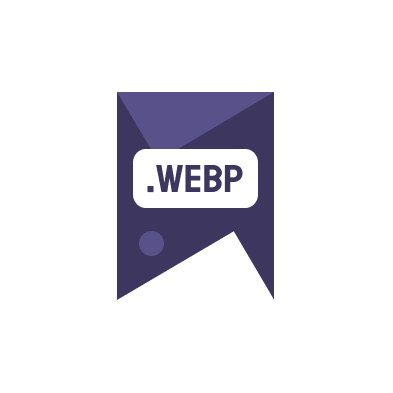Introduction to WebP and User Experience
Understanding the relationship between WebP and UX is crucial for webmasters and marketers aiming to optimize their websites for speed and efficiency. The WebP image format, developed by Google, offers superior compression and quality characteristics compared to traditional formats like JPEG and PNG. This leads to faster page loading times, which is a critical factor in enhancing user experience and boosting conversions.
Why Speed Matters in UX
In the digital age, users expect quick and responsive web interactions. Statistics show that a delay of even a second in page load time can result in a significant drop in customer satisfaction, page views, and conversion rates. Implementing WebP images can drastically reduce load times, thereby improving the overall user experience.
Benefits of WebP for Website Performance
- Improved loading speed
- Enhanced visual quality
- Reduced bandwidth usage
By converting your site’s images to WebP format, you not only enhance the visual appeal but also cut down on data usage, which can be particularly beneficial for users on limited data plans or slower internet connections.
Converting Images to WebP
Transitioning to WebP is straightforward, thanks to several online tools that allow you to convert images for free. Using services like our WebP converter, you can easily upload and convert your images to WebP format in a few simple steps.
Google’s developers guide also offers comprehensive insights and tools to help you understand and implement WebP effectively.
Case Studies and Real-World Examples
To illustrate the impact of WebP on UX and conversions, consider the case of an e-commerce site that switched to WebP and saw a 10% improvement in page load speed, leading to a 15% rise in conversions. Such real-life examples underscore the importance of optimized image formats in achieving better business outcomes.
Final Thoughts on WebP and UX
Adopting WebP is not just about improving website performance; it’s also about providing a better user experience that can lead to increased engagement and higher conversion rates. If you’re looking to enhance your site’s UX and performance, consider switching to WebP. Start by evaluating your current image formats and use online tools to make the switch smoothly.

